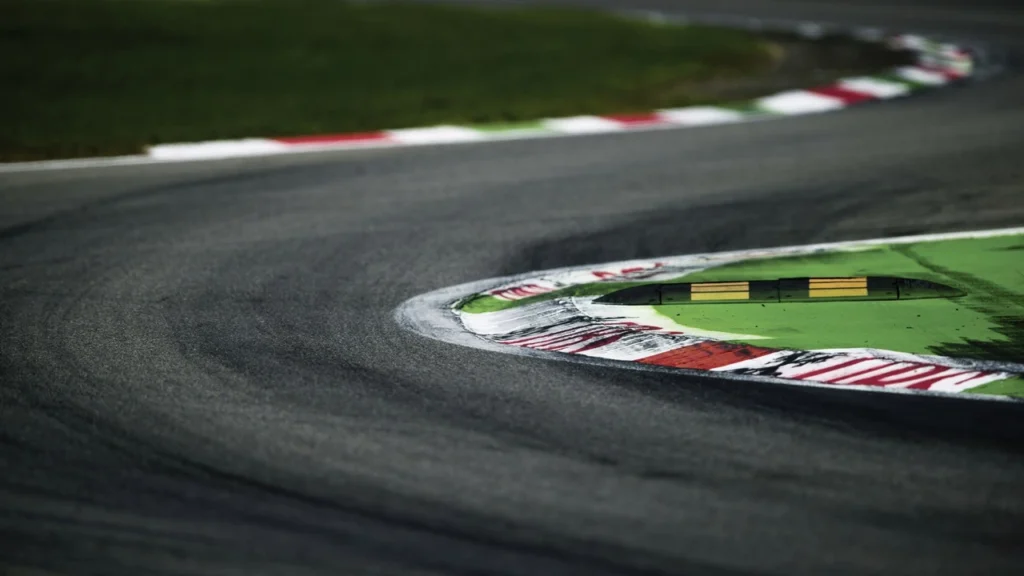Racing games stand at the forefront of technological innovation in the gaming industry, offering players immersive experiences that push the boundaries of graphical fidelity, physics simulation, and performance optimization. However, behind the scenes, developers face a myriad of technical challenges as they strive to create seamless and captivating racing experiences. In this article, we’ll explore some of the most significant technical hurdles that developers encounter during the development of racing games and how they overcome them.
Graphics and Visual Realism:
One of the foremost challenges in racing game development is achieving stunning visuals that immerse players in realistic and breathtaking environments. Developers must leverage cutting-edge rendering techniques, such as physically-based rendering (PBR), dynamic lighting, and high-resolution textures, to create lifelike landscapes, detailed vehicles, and stunning visual effects. Balancing graphical fidelity with performance optimization is crucial to ensure smooth gameplay on a variety of hardware configurations, from high-end gaming PCs to consoles and mobile devices.

Physics Simulation and Vehicle Dynamics:
Creating realistic vehicle physics and dynamics is another significant technical challenge in racing game development. Developers must accurately simulate the complex interactions between vehicles and the environment, including factors such as friction, aerodynamics, and tire grip. Advanced physics engines, such as NVIDIA PhysX and Havok, are utilized to model these interactions with precision, allowing for realistic handling and behavior of vehicles across different surfaces and conditions. Fine-tuning these physics simulations to strike the right balance between realism and playability is essential for delivering an authentic racing experience.

Optimization for Performance and Scalability:
Optimizing performance and scalability is a constant concern for developers, particularly in open-world racing games with vast, detailed environments. Techniques such as level-of-detail (LOD) rendering, occlusion culling, and dynamic streaming are employed to manage resources efficiently and minimize rendering overhead. Additionally, developers must optimize for different platforms and hardware configurations, ensuring consistent performance across consoles, PCs, and mobile devices while taking advantage of each platform’s unique capabilities.
AI Behavior and Racing Dynamics:
Developing intelligent and realistic AI opponents poses its own set of technical challenges. Developers must create AI algorithms that can navigate race tracks, adapt to changing conditions, and exhibit human-like racing behavior, such as drafting, blocking, and taking optimal racing lines. Balancing AI difficulty levels to provide a challenging but fair experience for players requires extensive testing and refinement, as well as the implementation of adaptive AI algorithms that can adjust their behavior based on player performance.
Multiplayer Networking and Synchronization:
Implementing robust multiplayer networking is essential for delivering seamless online racing experiences. Developers must address challenges such as latency, synchronization, and cheat prevention to ensure a smooth and fair multiplayer experience for players. Techniques such as client-side prediction, server reconciliation, and network interpolation are employed to minimize the impact of latency and ensure that races remain synchronized across all players’ devices.

Read also about: Navigating Realism and Accessibility in Racing Game Development.
Conclusion:
Developing racing games is a complex and challenging endeavor that requires developers to overcome a variety of technical hurdles. From achieving stunning visuals and realistic physics simulations to optimizing performance and implementing robust multiplayer networking, developers must leverage cutting-edge technology and innovative techniques to create immersive and captivating racing experiences. By addressing these challenges head-on and pushing the boundaries of what’s possible, developers continue to deliver groundbreaking racing games that push the limits of technological innovation and provide players with unforgettable gaming experiences.


